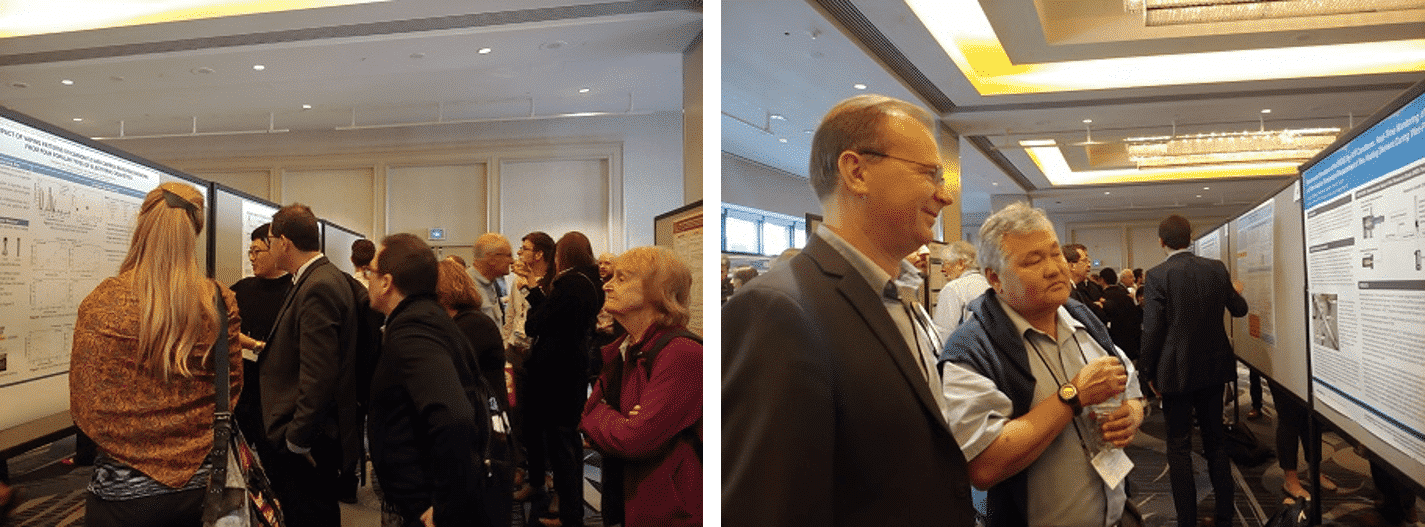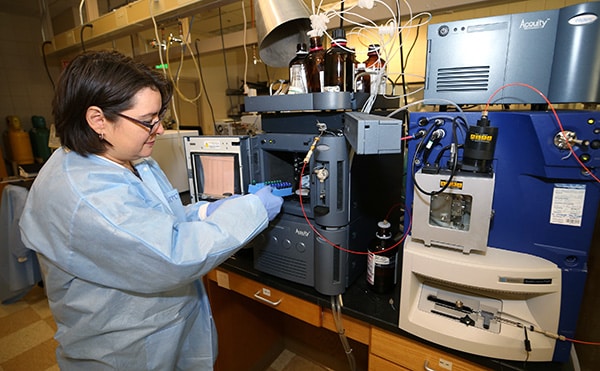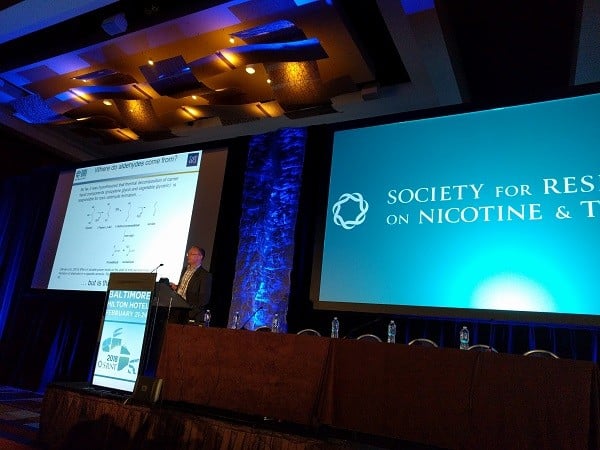The DRI Foundation has just awarded the next round of seed grants to six teams of researchers through the Innovation Research Program (IRP). The IRP provides the start-up funding DRI scientists need to test new ideas and produce initial data, which will help them...
OAL team attends SRNT Annual Meeting, February 20-23, 2019
The Organic Analytical Lab was well represented at the Society for Research on Nicotine and Tobacco 2019 Annual Meeting in San Francisco. Drs. Andrey Khlystov, Vera Samburova and Yeongkwon Son attended the meeting and Yeong presented three (!!!) posters. Please visit...
OAL members present at the NPHA annual meeting
OAL scientists Drs. Vera Samburova and Yeongkwon Son attended the 2018 Nevada Public Health Association annual conference in Las Vegas. They gave presentations on potential hazards of e-cigarette use to the broad audience of health care providers, clinicians,...
Significant amount of cancer-causing chemicals stays in lungs during e-cigarette use, Nevada-based researchers find
Above: Dr. Vera Samburova works in the organic analytical lab at Desert Research Institute, in Reno, Nev., on Tuesday, Feb. 20, 2018. Photo by Cathleen Allison/Nevada Momentum Reno, NV (August 15, 2018) – E-cigarettes have become increasingly popular as a smoke-free...
Dr. Andrey Khlystov wins Society for Research on Nicotine & Tobacco New Investigator Award
Dr. Andrey Khlystov has been named a “2018 New Investigator Award Winner for Best Abstract” by the Society for Research on Nicotine & Tobacco




